Growth in Construction Activities
The Vitrified Tiles Market is significantly influenced by the ongoing expansion in construction activities across various sectors, including residential, commercial, and industrial. As urbanization accelerates, the demand for new buildings and infrastructure projects rises, leading to an increased consumption of vitrified tiles. According to recent statistics, the construction sector is expected to witness a growth rate of around 5% annually, which directly correlates with the rising demand for high-quality flooring materials. Vitrified tiles, known for their strength and versatility, are becoming a preferred choice among builders and architects, further propelling the market forward. This growth in construction activities not only enhances the market landscape but also fosters innovation in tile designs and applications.
Rising Demand for Aesthetic Appeal
The Vitrified Tiles Market experiences a notable surge in demand driven by consumers' increasing preference for aesthetic appeal in interior and exterior spaces. Homeowners and commercial establishments are gravitating towards vitrified tiles due to their ability to mimic natural materials such as wood and stone, while offering superior durability and ease of maintenance. This trend is particularly pronounced in urban areas where space is limited, and the visual impact of flooring becomes paramount. The market data indicates that the aesthetic segment of the vitrified tiles market is projected to grow at a compound annual growth rate of approximately 7% over the next five years, reflecting a robust inclination towards stylish and functional flooring solutions.
Increasing Investment in Home Renovation
The Vitrified Tiles Market is experiencing a boost from the rising trend of home renovation and remodeling projects. As homeowners invest in upgrading their living spaces, the demand for high-quality flooring solutions, such as vitrified tiles, is on the rise. This trend is particularly evident in regions where property values are increasing, prompting homeowners to enhance their interiors to maximize value. Market analysis reveals that the home renovation sector is expected to grow at a rate of 6% per year, which bodes well for the vitrified tiles market. The versatility and durability of vitrified tiles make them an attractive option for renovations, further solidifying their position in the market.
Sustainability and Eco-Friendly Products
The Vitrified Tiles Market is witnessing a paradigm shift towards sustainability, with consumers increasingly favoring eco-friendly products. Manufacturers are responding to this trend by developing vitrified tiles that utilize recycled materials and sustainable production methods. This shift is not only beneficial for the environment but also aligns with the growing consumer awareness regarding ecological impacts. Market data indicates that the demand for sustainable building materials is projected to rise by approximately 8% annually, reflecting a significant opportunity for the vitrified tiles sector. As more consumers seek environmentally responsible options, the market for eco-friendly vitrified tiles is likely to expand, encouraging manufacturers to innovate and adapt their product lines accordingly.
Technological Innovations in Manufacturing
Technological advancements in the manufacturing processes of vitrified tiles are reshaping the Vitrified Tiles Market. Innovations such as digital printing and advanced glazing techniques are enabling manufacturers to produce tiles with intricate designs and superior finishes. These technologies not only enhance the aesthetic value of the tiles but also improve their performance characteristics, such as stain resistance and slip resistance. The market data suggests that the adoption of these technologies is likely to increase production efficiency by up to 20%, thereby reducing costs and increasing competitiveness among manufacturers. As a result, consumers benefit from a wider variety of high-quality products, which is expected to drive market growth in the coming years.
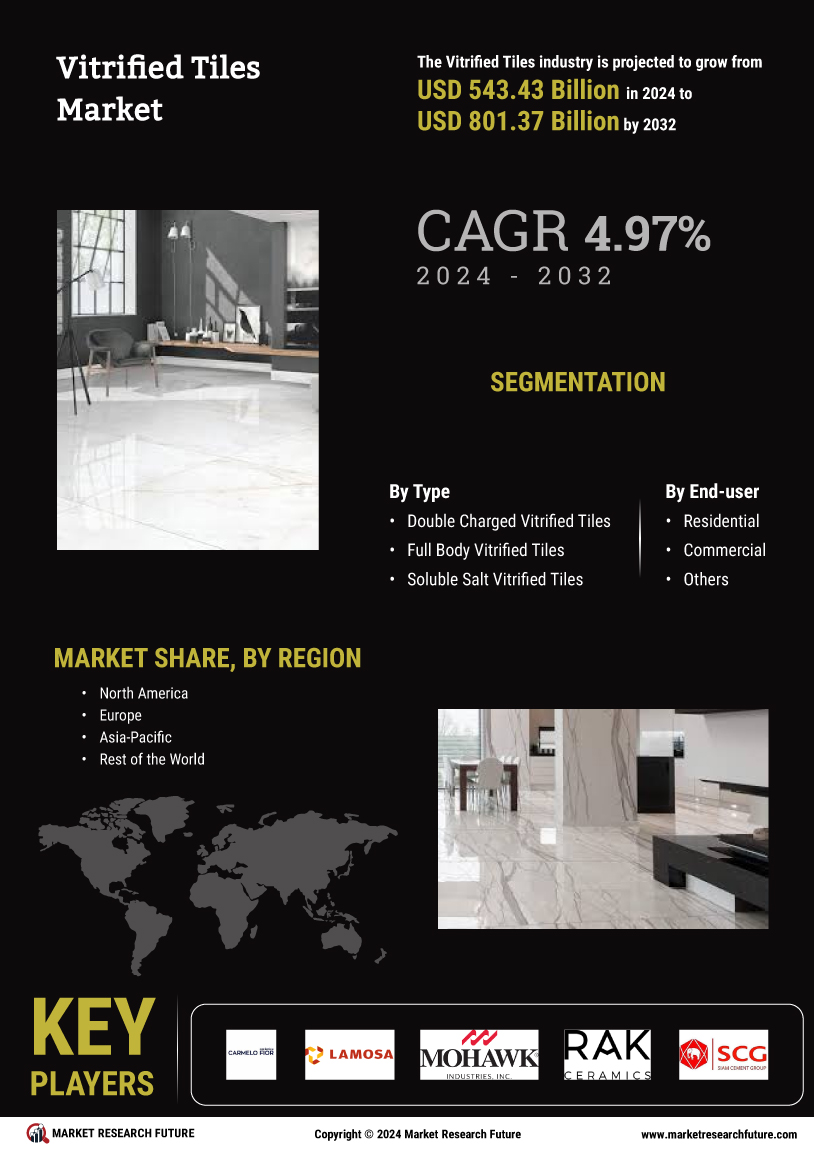

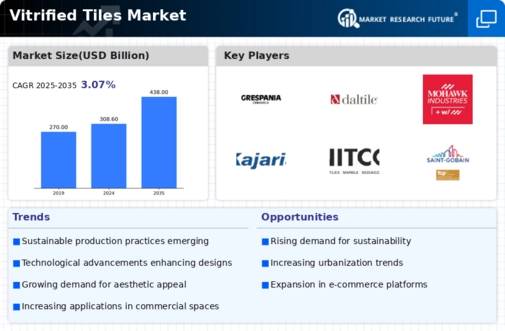
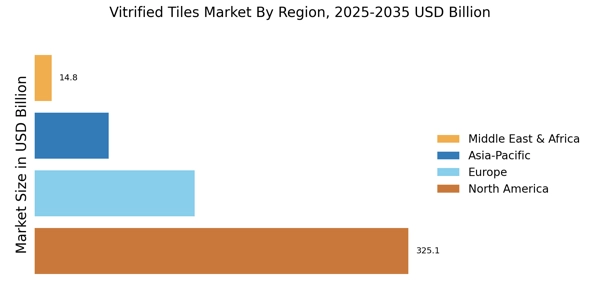
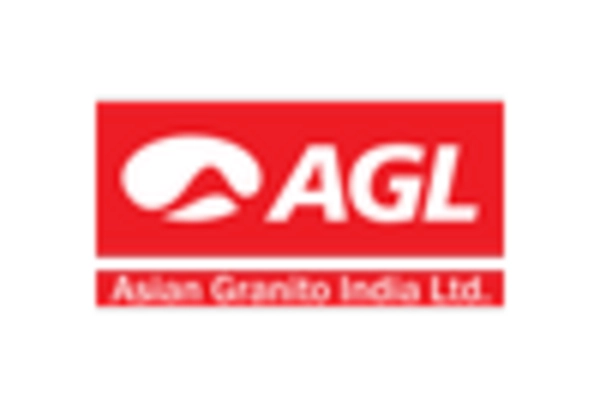
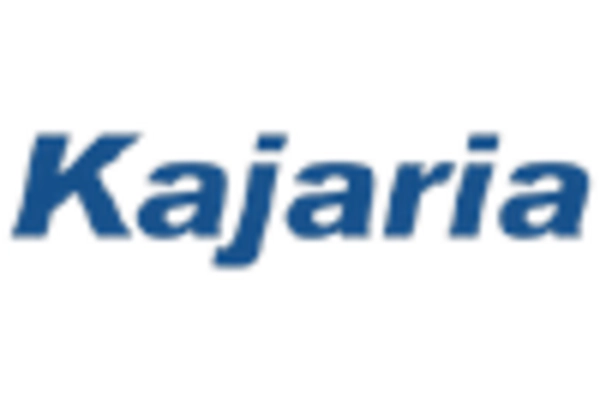

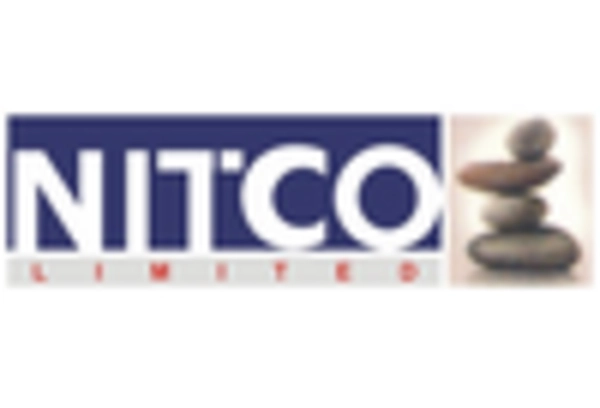
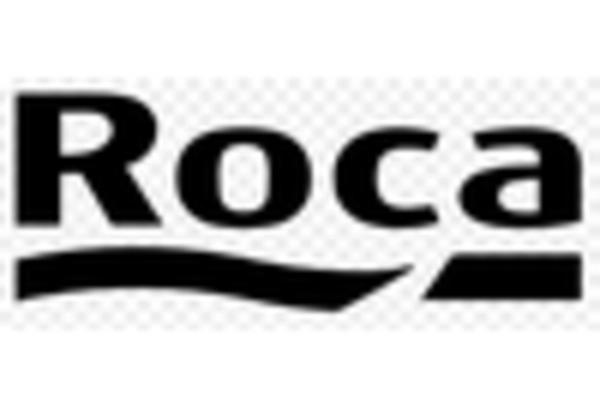









Leave a Comment